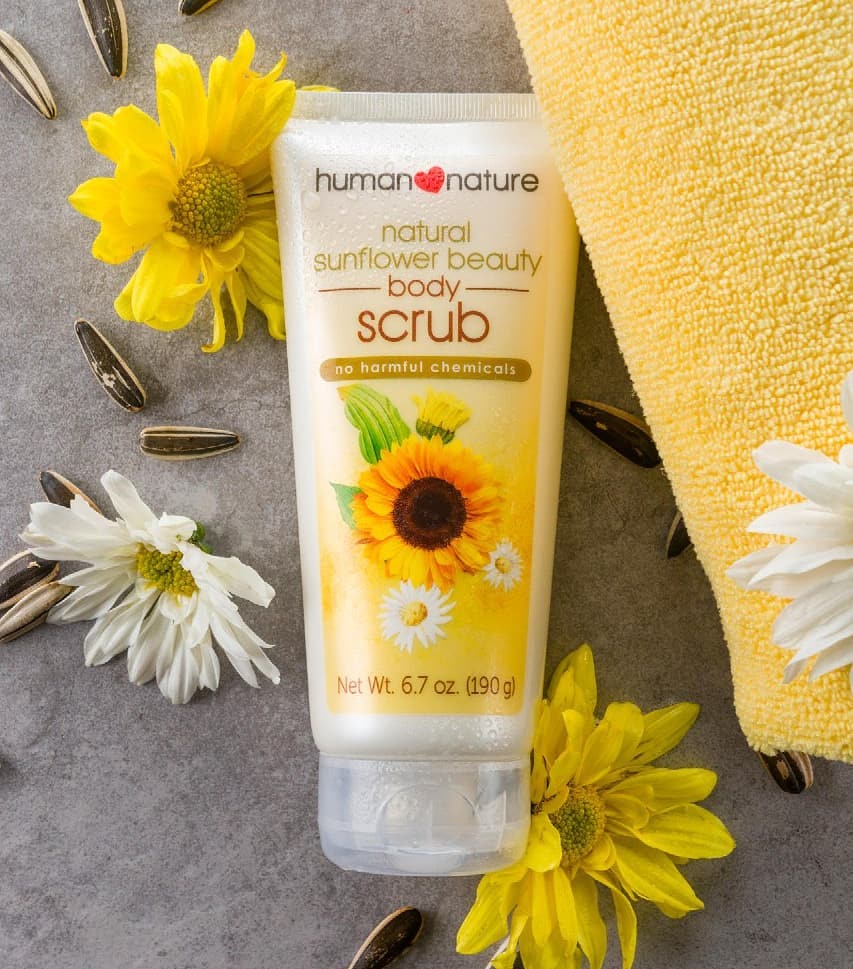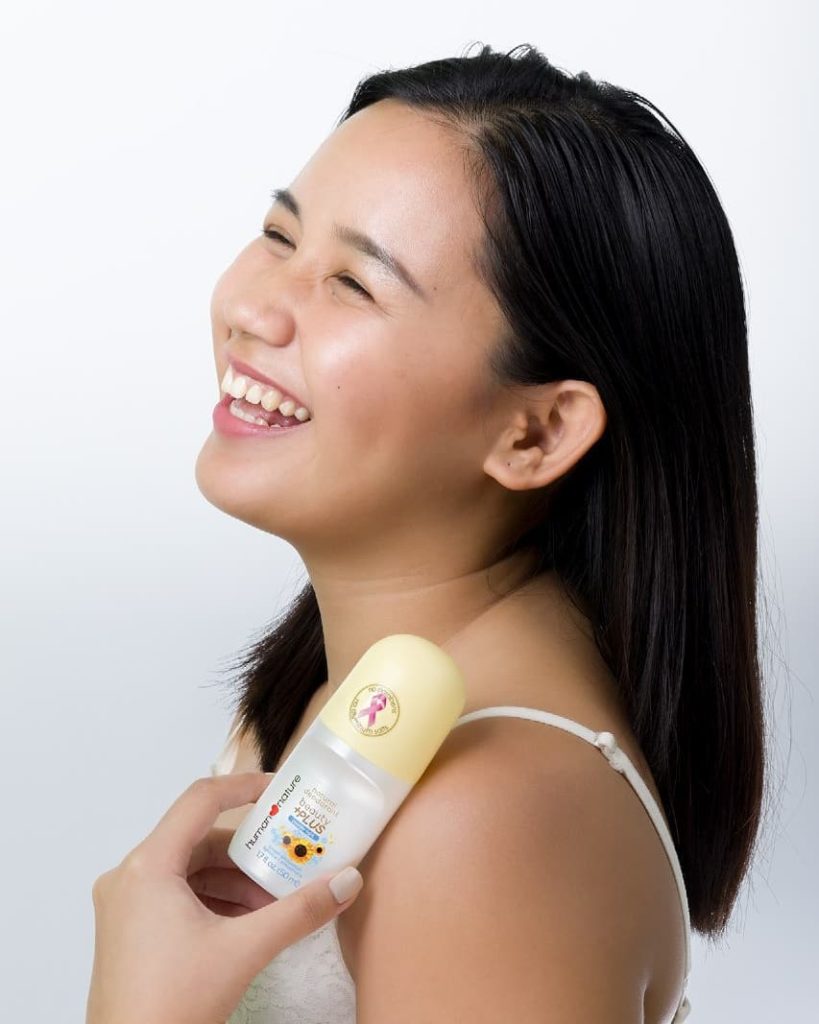Let’s face it—living in a tropical country means having to take a shower every single day (sometimes even twice on extra hot days) and smearing our armpits with deodorant to stay fresh all day. And while every supermarket has an aisle teeming with all kinds of deodorants and antiperspirants, how do you determine which roll-on or stick will really work for you and your underarms?
Before you checkout that deodorant in your cart, here are some fast facts you need to learn about sweat and body odor:
- Sweating is your body’s way of cooling down. Whether you are stressed, working out or simply sitting in a hot room, your body will respond to the heat and try to regulate your body temperature by sweating.
- Sweat has two kinds, produced by two different glands. The eccrine glands only secrete electrolytes and water which are responsible for cooling your body. The apocrine glands, on the other hand, carry sweat proteins and fats along which are then digested by bacteria, causing this type of sweat to have odor.
- Sweat itself is sterile and odorless. Upon secretion, sweat combines with dead skin cells and bacteria on your skin which can lead to body odor.
Deodorants and antiperspirants are two very different things.
Speaking of body odor, did you know that the products you use to combat it i.e. deodorants and antiperspirants are not exactly the same?
While deodorants are made to fight bacteria on the skin, antiperspirants clog pores to prevent skin from sweating and keep underarms as dry as possible.
Here’s the thing: while most synthetic deodorants and antiperspirants do a swell job at preventing stink and sweat, some of the ingredients they contain impose certain health risks.
Triclosan, for instance, is a known antibacterial agent used in some deodorants but it has been banned in the USA and Europe as one study after another linked the chemical to hormonal disruption and even cancer.
In the case of antiperspirants, the aluminum chloride compounds they contain aggravate your body’s aluminum burden which, with prolonged exposure, can take a toll on your kidneys. In fact, the USA FDA considers antiperspirants as drugs and requires antiperspirant manufacturers to add a warning on their labels.
Prioritize your health and go fearlessly sleeveless without the risk!
Bare smoother and healthier underarms by caring for them better with this three-step routine:
1. Exfoliate your underams.
Aside from dead skin cells that can accumulate on your skin, the products that you apply on your body can also build up over time. Slough these off and reveal a fresh layer of skin by switching to a natural body scrub in the shower every two or three days and gently exfoliate your underarms. Exfoliation also helps free trapped hair from the skin, helping you shave or pluck hair more easily.

2. Double-check your deodorant.
What a lot of people don’t know is that the skin on the underarms is sensitive, which is why some people experience adverse reactions when they put on too strong a deodorant or antiperspirant. The synthetic chemicals found in many commercial deos can cause dryness, while the aluminum chloride compounds in antiperspirants accumulate and prevent your skin from breathing properly.
Protect yourself from body odor without risking irritation and clogging your pores by using a natural deodorant that’s made of ingredients safe for your skin and your health.

3. Give your underarms a good night’s sleep.
Underarm darkening is another concern faced by many deodorant users. Aside from friction, the alcohol content of synthetic deodorants and antiperspirants can also aggravate skin darkening. Upgrade your underarm care routine by applying our Sunflower Beauty Oil on your armpits after showering at night to help the skin become softer and lighter.

Sources:
Oliver, Dana. No, Lemon Juice Will Not Lighten Your Armpits. Here’s The Deal. Retrieved from www.huffpost.com
Myths and Facts about Excessive Sweating. Retrieved from www.skincareguide.com
Underarm Odor Home Remedies: How to get rid of bad armpit smells. Retrieved from www.timesofindia.indiatimes.com


